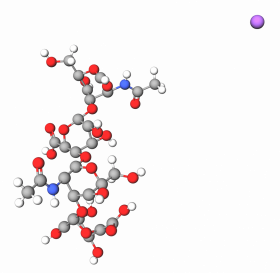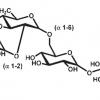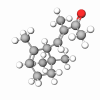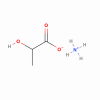Sodium hyaluronate is the sodium salt of hyaluronic acid. Hyaluronic acid is the most famous glycosaminoglycan, a polymer consisting of D-glucuronic acid and N-acetyl-D-glucosamine disaccharide units. Since the discovery of hyaluronic acid in 1934, many different production technologies have been used.
The ethically dubious method of extracting hyaluronic acid from rooster combs was for instance replaced in the 1990s by more modern Streptococcus fermentation technology. This is however time to think again!
HyaCare®, a biosynthetic hyaluronic acid, nonanimal derived is now available. HyaCare® is based on a unique production method by fermentation of a novel strain, Bacillus subtilis, a safe and nonpathogenic host.
The method is based on a unique patented fermentation process, with later extended safe purification procedures. Thanks to the high purity level and avoidance of organic solvents during recovery the ingredient has reduced the risk of allergic reactions.HyaCare® has an average molecular weight (MW) of 0.70 – 1.0 x 106 Da. Hyaluronic Acid is a natural substance found in great abundance in young skin, synovial fluid, and other tissues in humans and animals. It plays an important role in tissue hydration, lubrication, and cellular function, and is able to hold 70% more water than any other natural substance. It is naturally found in the joints, the deeper layers of skin, the umbilical cord, and in fetal skin.
Over time, free radicals, pollution, and UV exposure break down the skin's hyaluronic acid. The young skin has approximately two folds more hyaluronic acid than in fifty-year-old one. It is well documented that fetal tissues contain large amounts of hyaluronic acid and that decreasing hyaluronic acid content correlates with aging and wrinkling.











